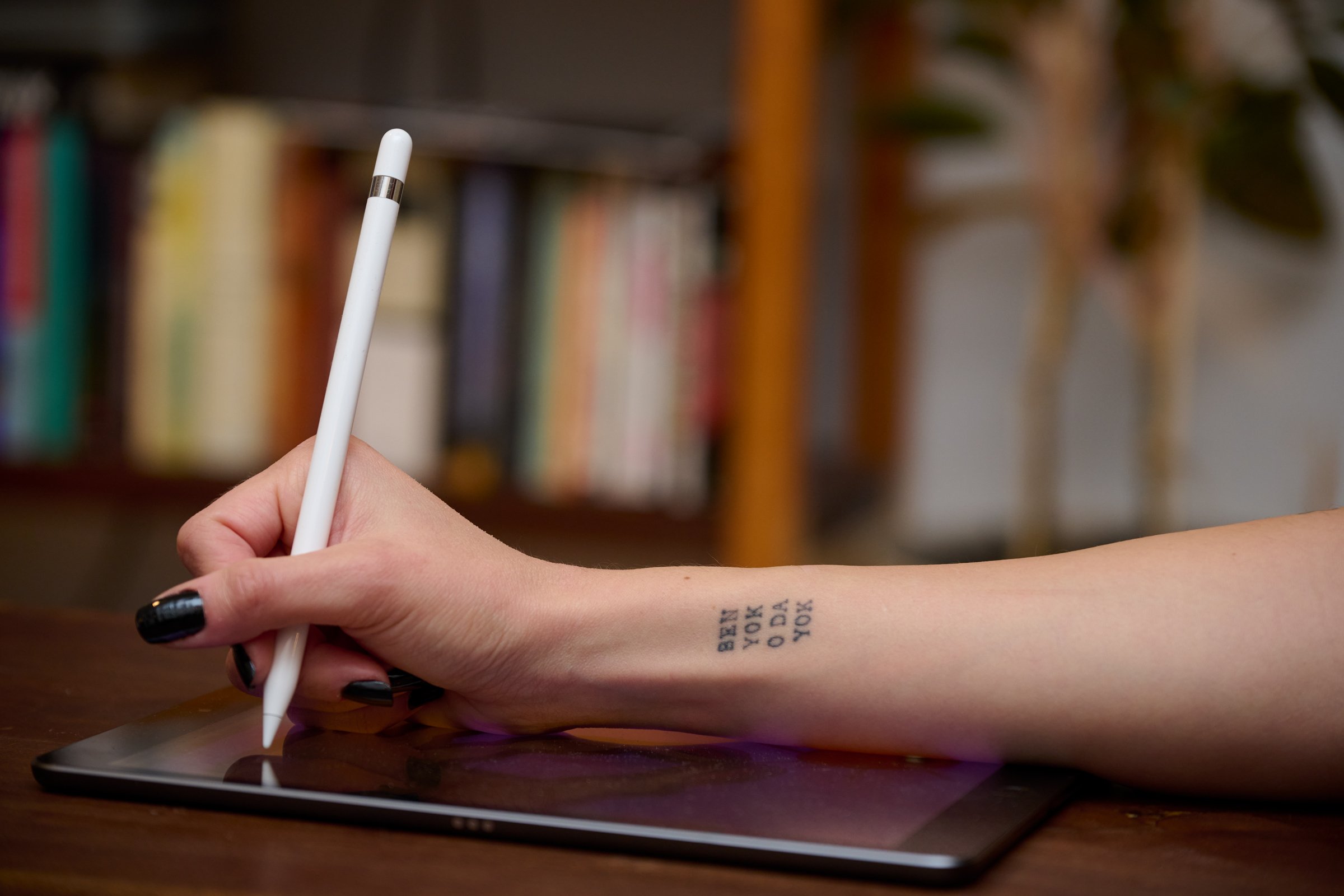How to Start a Digital Art Blog in 7 Easy Steps
So, you’re a digital artist ready to share your work, build your community, and maybe even earn an income? Starting an art blog is a fantastic way to achieve all that and more.
This is the first article of a series dedicated to the ins and outs of blogging for digital artists – you’ll find links to the next steps in your journey, whether it's deciding what to write about, monetizing your blog, or building an audience.
This guide will walk you through seven simple steps to launch your blog, even if you’ve never blogged before.
Step 1: Define Your Blog's Purpose
Before you jump into setting up a website, take a moment to think about what you want your blog to achieve. Ask yourself:
Do you want to showcase your artwork and process?
Are you hoping to sell prints, NFTs, or commissions?
Do you want to build a platform to teach digital art techniques?
Or maybe all of the above?
Having a clear purpose will help you focus your content and attract the right audience. For example, if your goal is to sell prints, you might focus on writing articles catered to collectors and sharing behind-the-scenes posts that show your creative process. This helps people feel closer to you — and more likely to buy your work.
Read next: Choosing the Perfect Niche for Your Art Blog
Step 2: Pick the Right Blogging Platform
For digital artists, visually appealing and easy-to-use platforms like Squarespace, WordPress, or Wix are ideal. Here’s a quick comparison:
Squarespace: Perfect for showcasing portfolios and e-commerce integration.
WordPress: Highly customizable with plugins for SEO, e-commerce, and more.
Wix: User-friendly with drag-and-drop design features.
Pick a platform that matches your technical skill level and design preferences.
Step 3: Choose a Domain Name and Hosting
Your domain name, (like digitalartsblog.com) is how people will find you online, so keep it simple, memorable, and reflective of your brand. It can be as simple as YourNameArt.com.
For hosting, most blogging platforms offer built-in hosting (e.g., Squarespace and Wix), but if you choose WordPress, you’ll need a hosting provider like Bluehost or SiteGround.
Tip: Avoid free domains (e.g., YourNameArt.wordpress.com) for these reasons:
It doesn’t look professional.
It limits your ability to monetize your blog.
Brands are less likely to sponsor posts on free websites.
Step 4: Design Your Blog
Your blog’s design should reflect your artistic style while remaining easy to navigate. Here are a few tips:
Use clean, minimal layouts to let your artwork shine.
Organize your content into categories like Portfolio, Blog, and Shop.
Choose a color palette and typography that align with your art style.
Don’t overcomplicate the design — your art should be the star of the show.
Read next: Perfect and Professional Artist Website
Step 5: Plan Your Content
Now that your blog is set up, it’s time to think about what you’ll publish. Start by brainstorming 10–15 topics that align with your blog’s purpose. For example:
Tutorials on your digital art techniques.
Time-lapse videos of your creative process.
Insights into your favorite digital art tools.
Tip: Use free tools like Ahrefs or UberSuggest to find topics your audience is already searching for.
Need inspiration? Read next: 50 Blog Post Ideas to Boost Traffic and Grow Your Digital Art Blog
Step 6: Publish and Promote Your First Post
Write your first blog post with your audience in mind. A great first post could be:
A personal introduction: “My Journey as a Digital Collage Artist”
A showcase: “How I Created [Your Artwork]”
A tutorial: “My Favorite Brushes for Procreate”
Once published, share it on social media platforms where your audience hangs out — Instagram, Pinterest, or Twitter, or all of the above.
Ready to grow your reach? Learn How to Promote Your Art Blog on Social Media.
Step 7: Stay Consistent
The key to a successful blog is consistency. Decide how often you’ll post and stick to that schedule. For example, at Digital Arts Blog, we schedule our content on a Google Sheet to stay organized and on track.
Tip: Repurpose your blog content into bite-sized social media posts or videos to save time while reaching new audiences.
What’s Next?
Starting an art blog is just the beginning! Now that your blog is live, you can focus on creating content, growing your audience, and even monetizing your work.
















